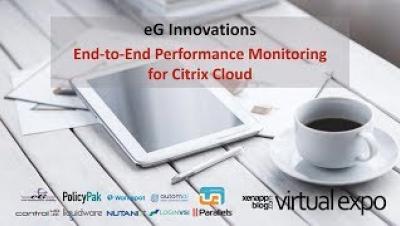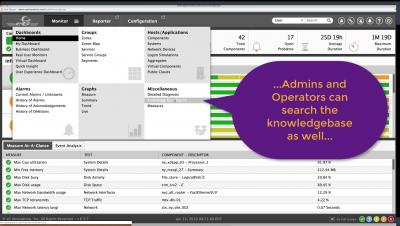Operations | Monitoring | ITSM | DevOps | Cloud
eG Innovations
Top 7 Tomcat Metrics for Java Performance Monitoring
The Apache Tomcat software is an open-source implementation of the ava Servlet, JavaServer Pages (JSPs), Java Expression Language and Java WebSocket technologies. Tomcat is often used as a backend application server that connects to other web-facing servers like Apache and Microsoft IIS. Tomcat also includes its own native HTTP connector that allows it to be used as a standalone HTTP server.
Top 10 DevOps Tools
Over the years DevOps has become quite the buzzword. Although DevOps has been challenging to describe because of its abstract nature, it’s described mainly as a culture change, where Dev and Ops teams collaborate to establish a more agile and reliable framework that counts on trust, transparency, and seamless communication to improve productivity and speed of software development from code commit to deploy.
How To Combine and Schedule Multiple Reports
Creating Group Thresholds
How DevOps Benefits from Application Performance Monitoring (APM)
Competition is a funny thing. To gain or keep an edge against your competitors, you may need to push the envelope to use newer technologies and processes. But done wrong, that very technology or process could lead to your ruin. This is where we are with DevOps. The methodology that became popular in the mid-to-late 2000s is embraced by many companies . Done the right way, it will help your organization challenge its competition to keep up with customer and user demands.
Creating Zones
Troubleshooting Web Application Performance Meltdowns: A Real World APM Use Case
Today, it’s a common practice to SSL-enable web applications and websites. It’s beneficial for SEO and it is also needed for compliance. Many regulatory compliance standards mandate that websites are using SSL certificates. A key part of SSL-enabling a website is the configuring the SSL certificate.








